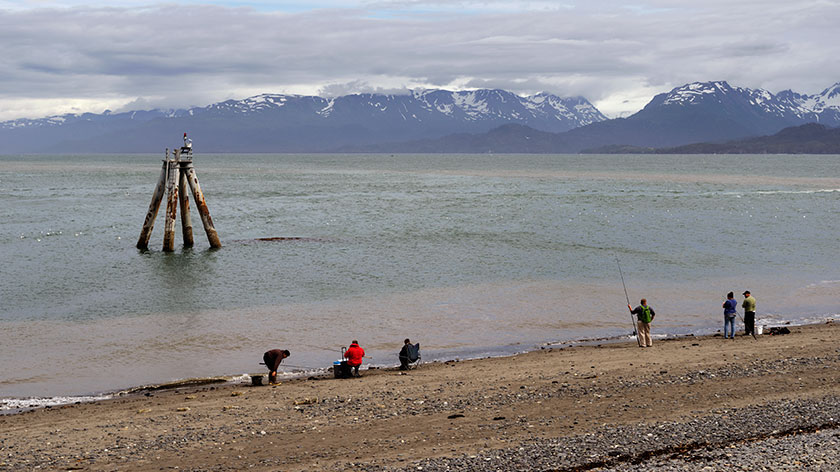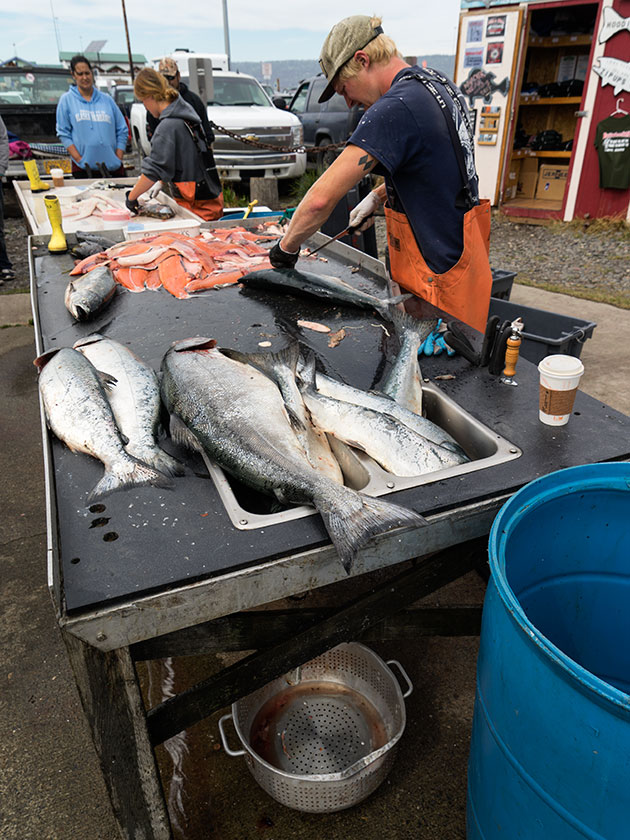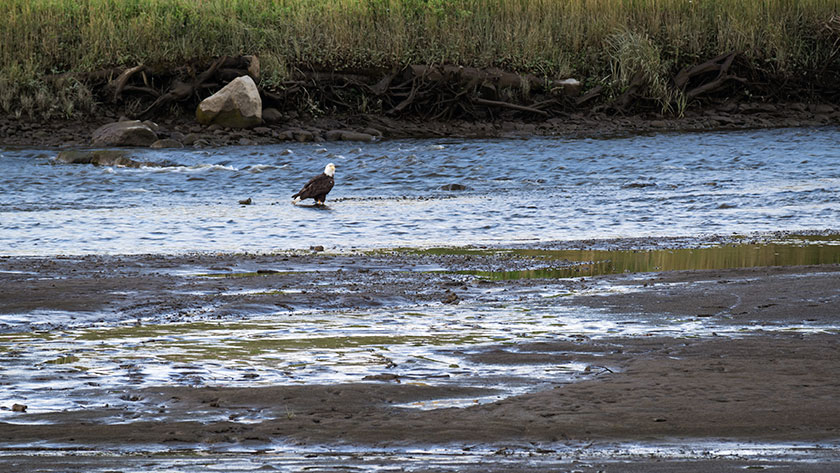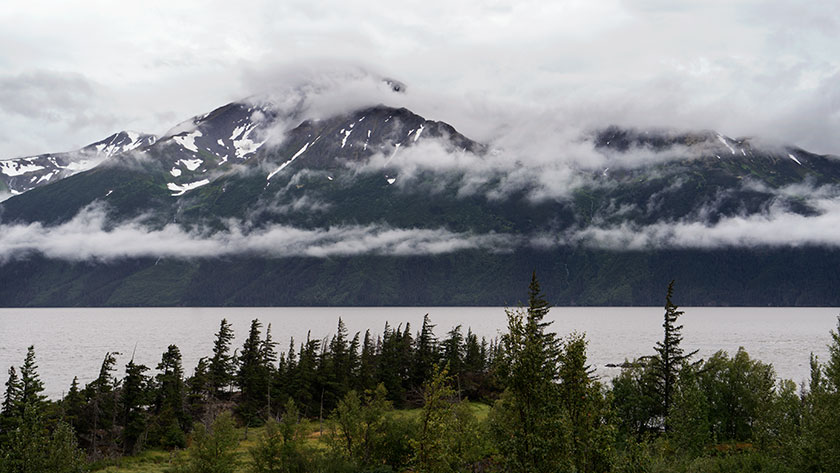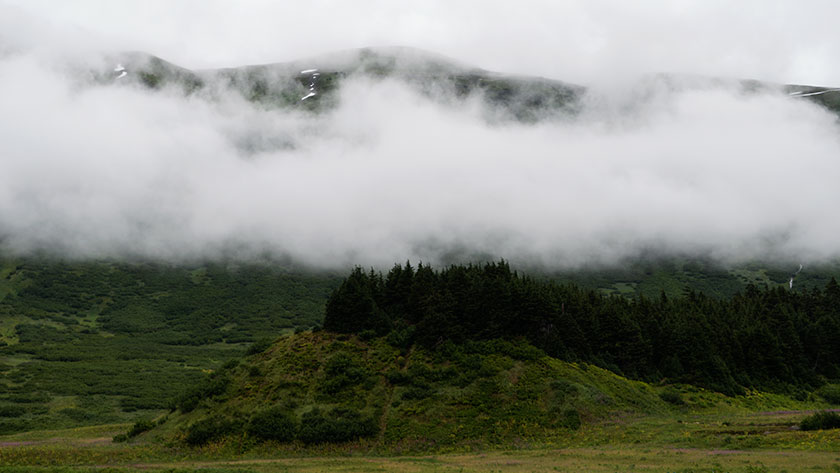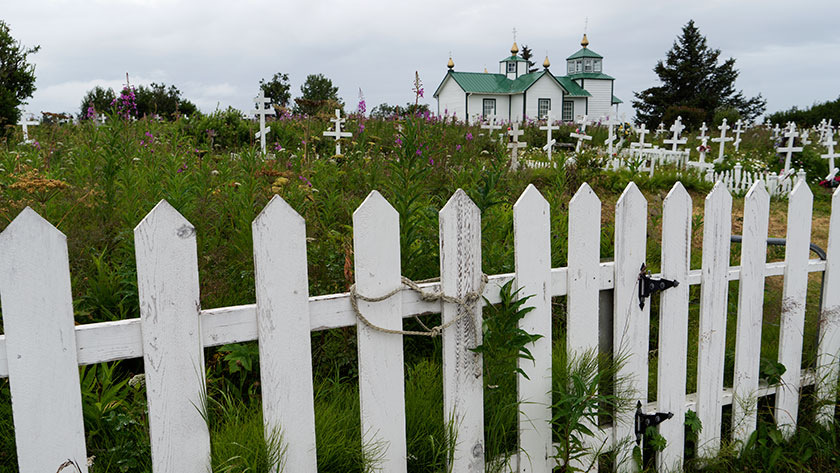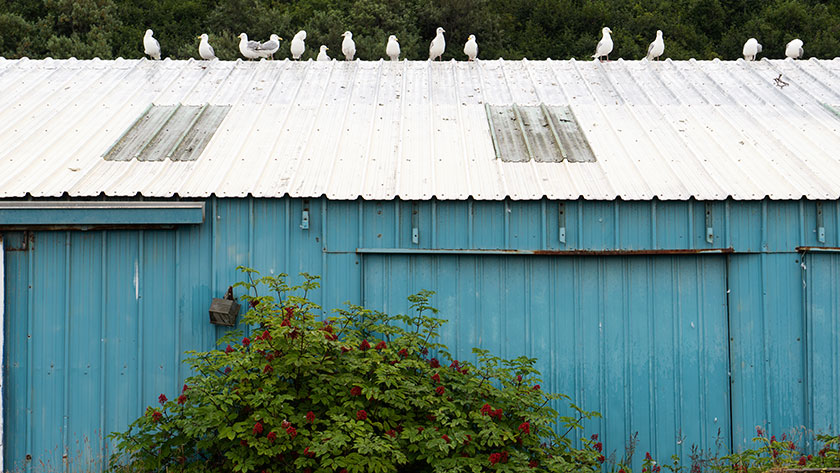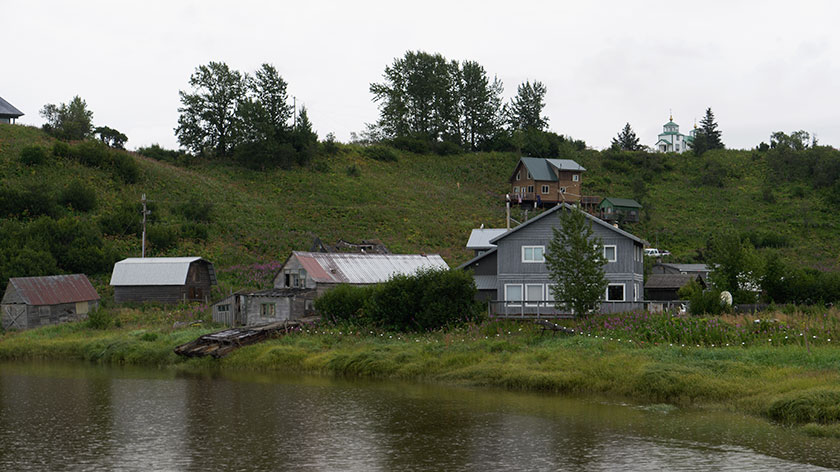Even though the ports of Homer and Seward are both on the Kenai Peninsula, they feel like opposite ends of the earth. Homer is on a headlands overlooking the Kachemak Bay. The thread of sand extending four and a half miles into the bay, called the Homer Spit, is its port. As I said, the geography is similar to the northern Pacific coast.
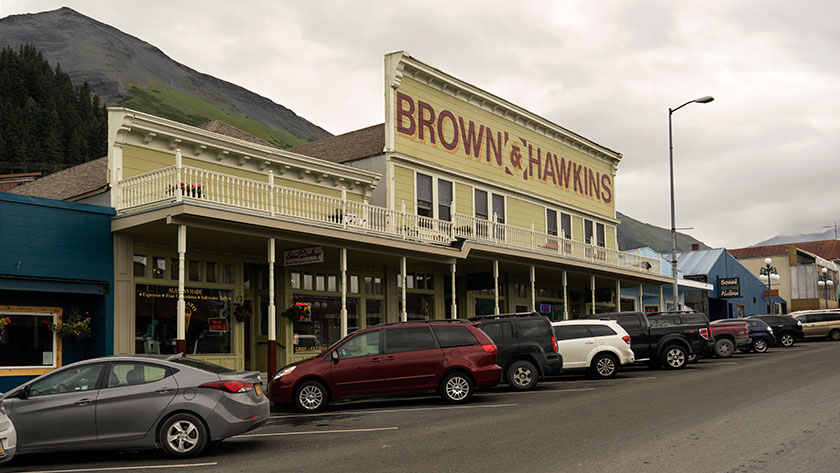
Seward comes from Norway or the fjords of New Zealand. That’s because an ancient glacier carved Resurrection Bay and it’s nearby sisters. The mountains lining the bay rise from the sea like giants cooling their toes in the deep waters. During our visit to the Alaska Sea Life Center (aquarium), we learned that the bay is over nine hundred feet deep. That’s more than enough to support a healthy range of sea life, including whales, sea otters, seals and sea lions.
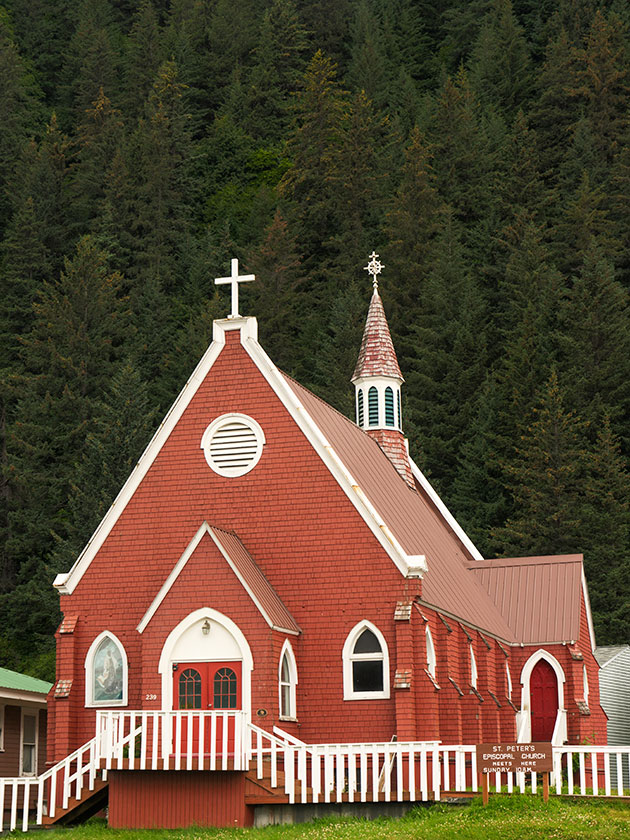
Seward (named after the Secretary of State that bought Alaska from Russia) has what I like to call charm. There’s the usual tourist things to do like fishing charters, cruises, restaurants and souvenir shops. The mountains and the bay limit the town’s size, so there’s not a lot of new development.
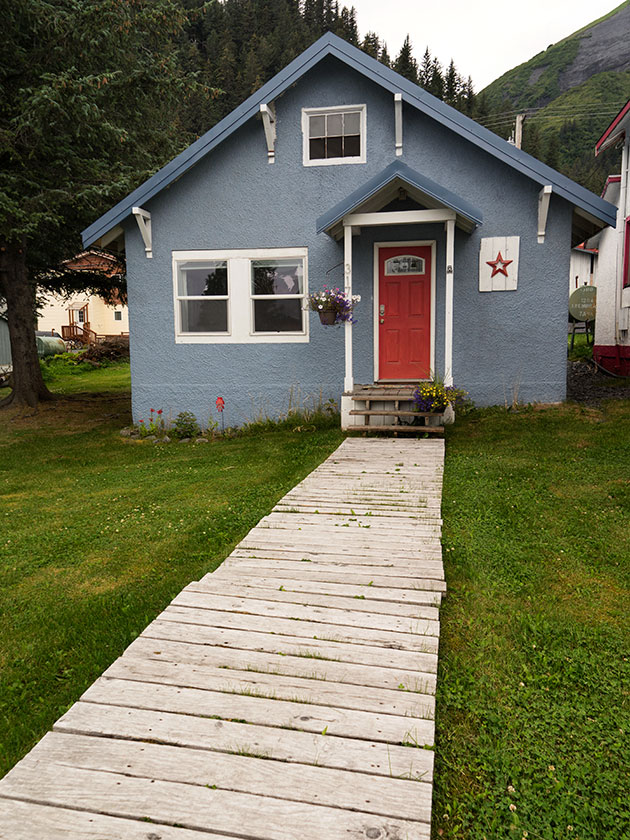
The park we’re staying at is at the end of a two-mile dirt road along the west side of the bay. Although we gripe about the mud covering the vehicles, this evening, we sat on the office veranda and enjoyed our evening wine while watching the clouds weave among the mountains on the far shore.
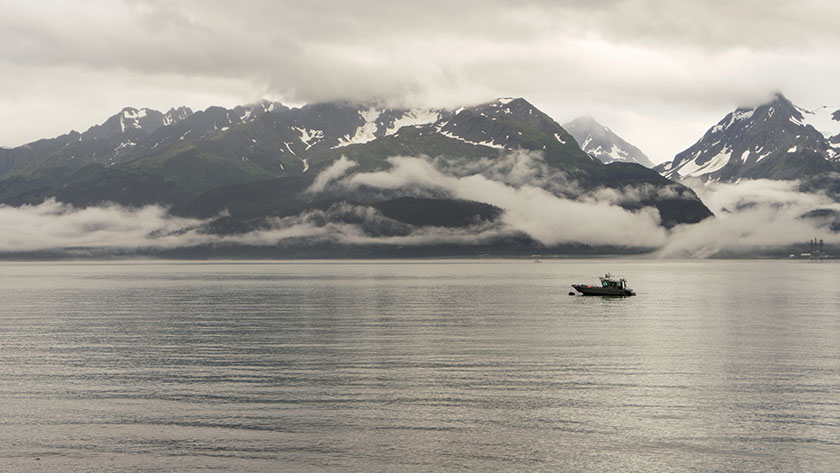
From the porch, we watched the fishing charters come in and hang their catch. It’s a tradition where the crew photographs clients displaying today’s catch. After the pictures, the ship’s crew clean, bag and process the fish for shipping. The gulls love it because they get most of the scraps. This evening a disrupting interloper showed up. It was a bald eagle swooping in to try to snatch the gull’s dinner. The porch lit up with whoops and screams when Deb and Sally realized what the big brown bird was. It was their first eagle sighting of the trip. Who can blame them?
jw

